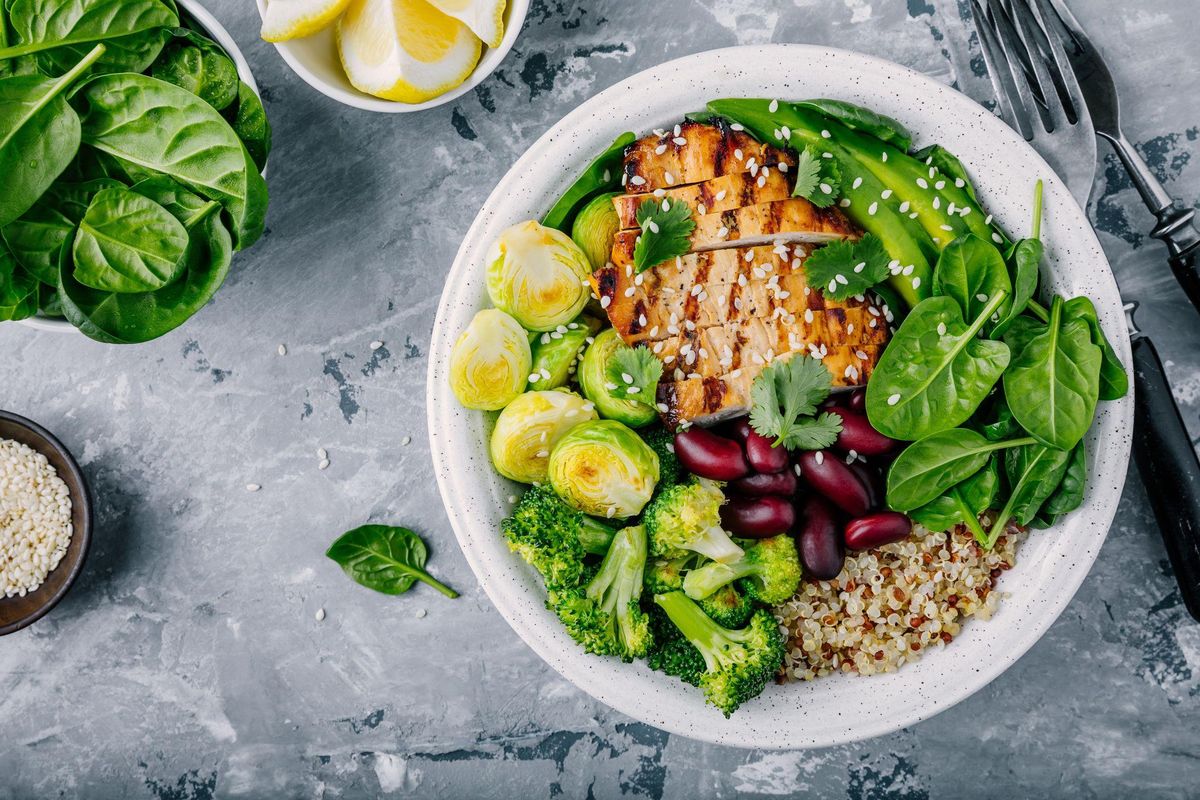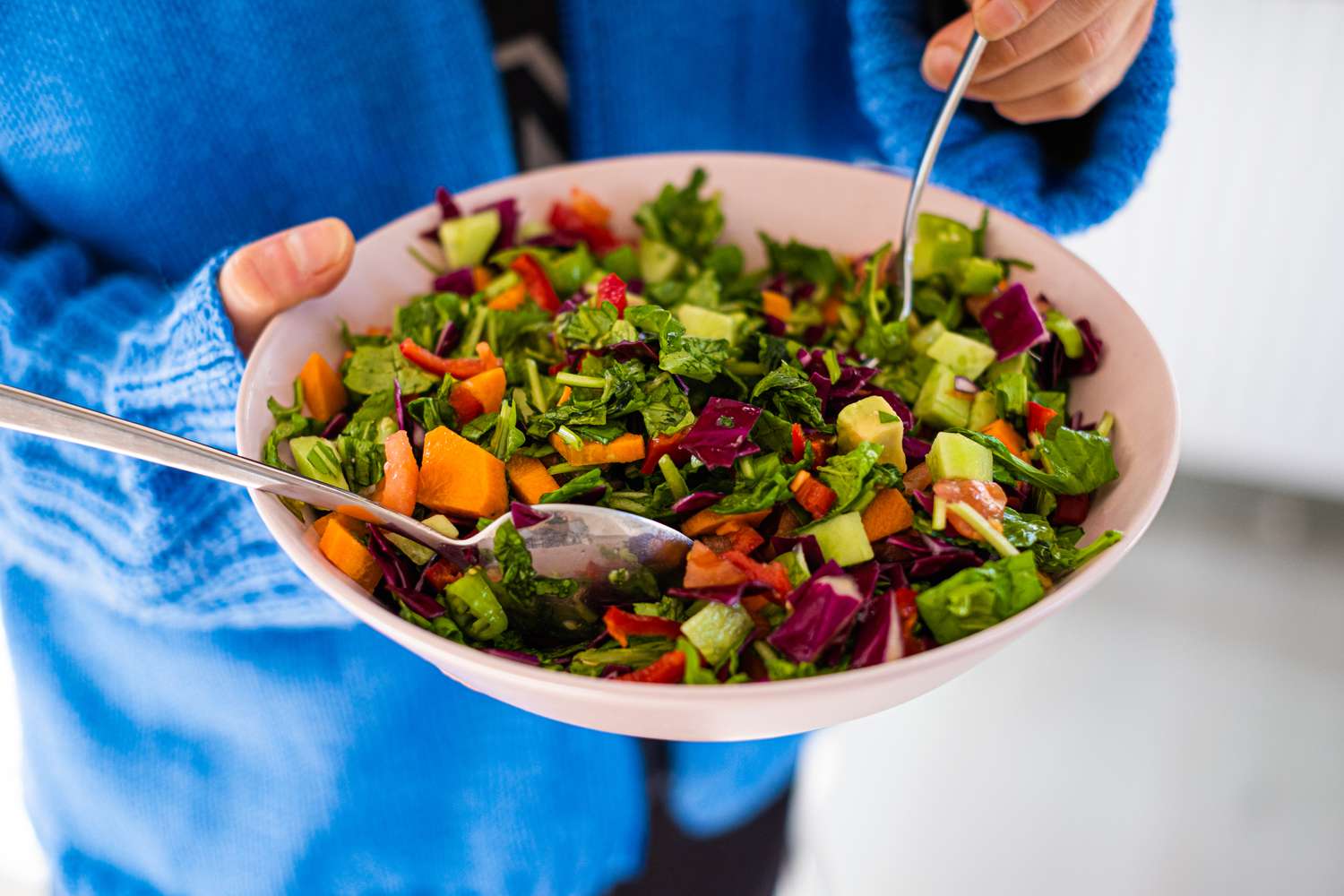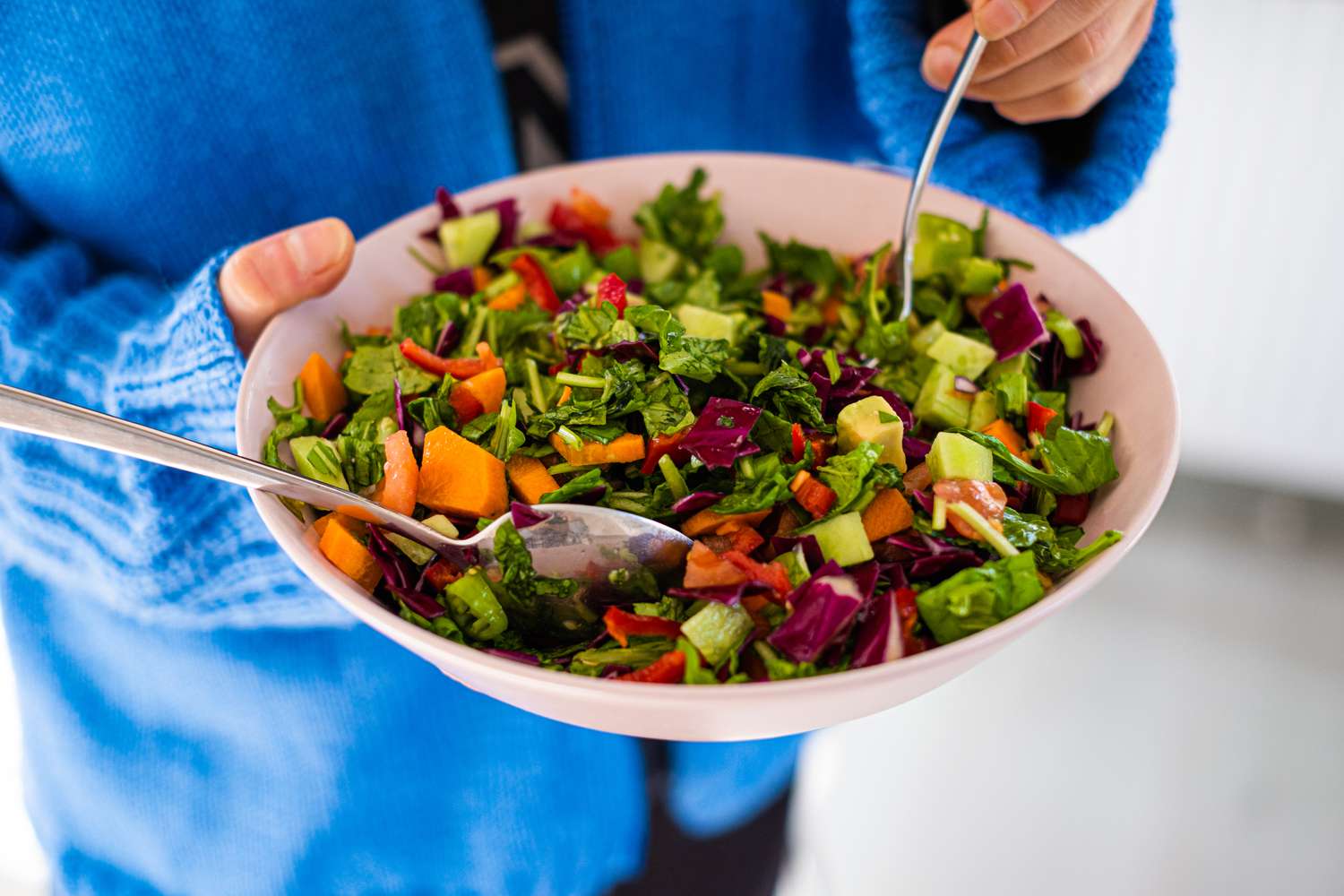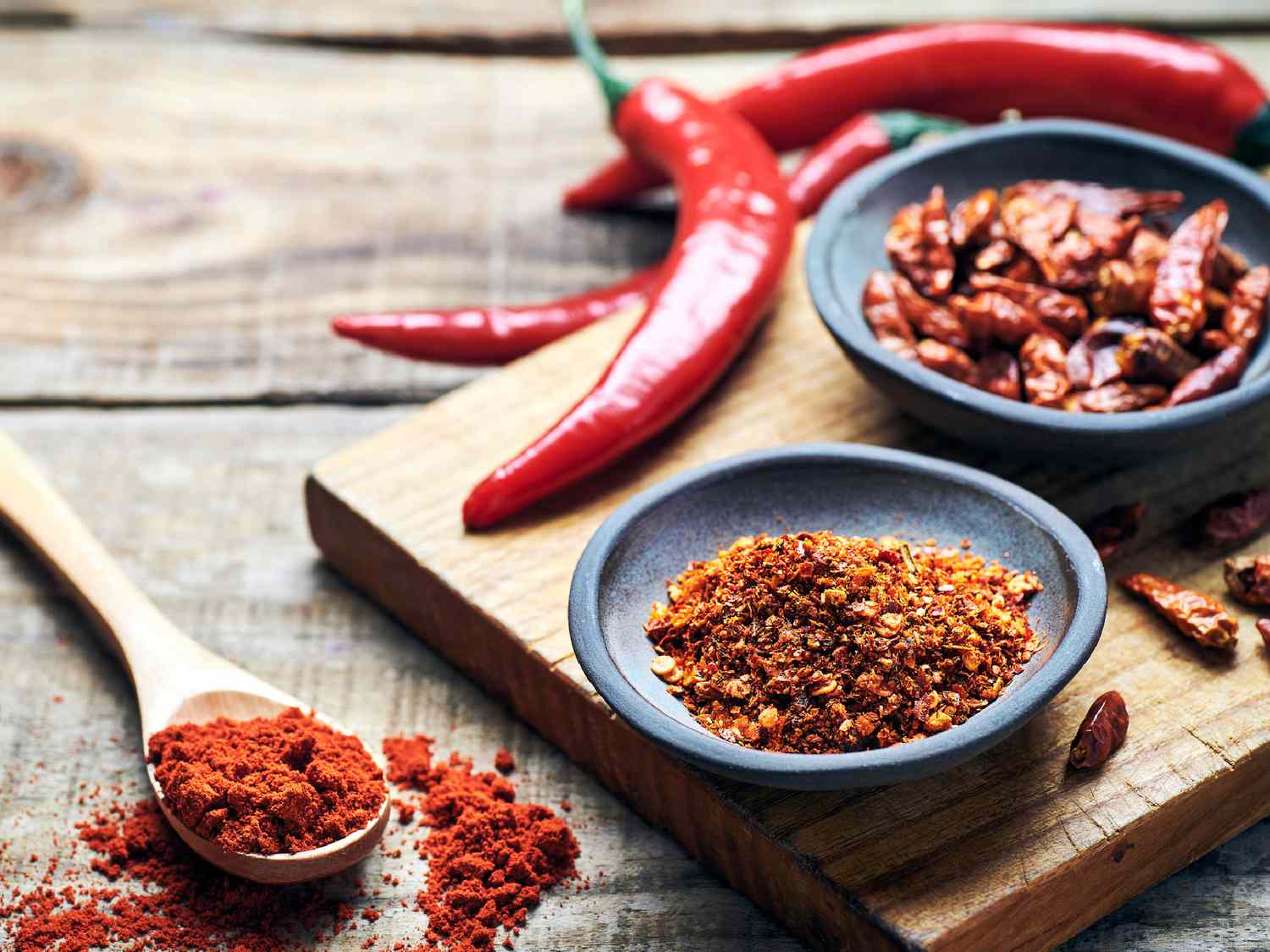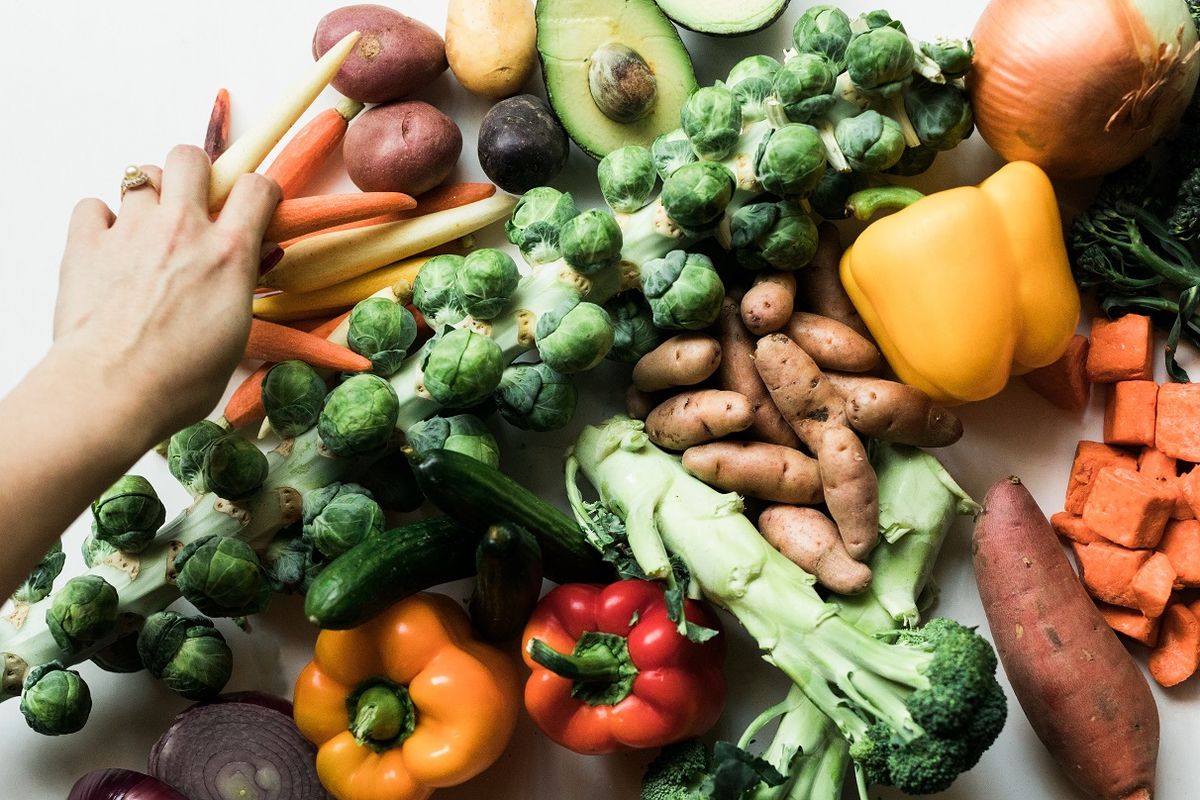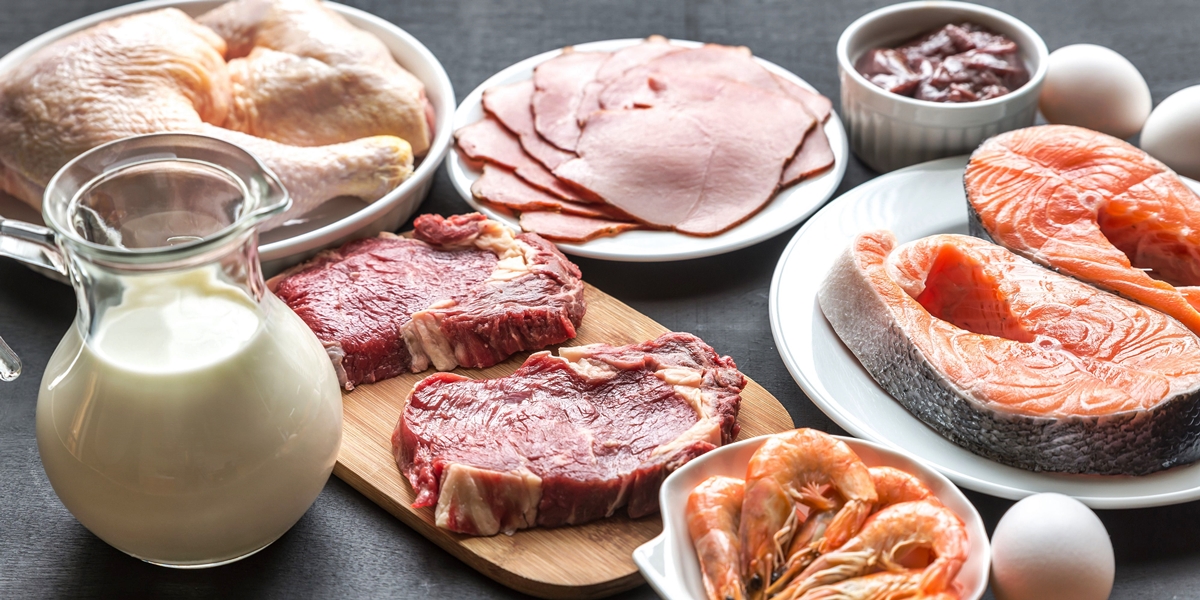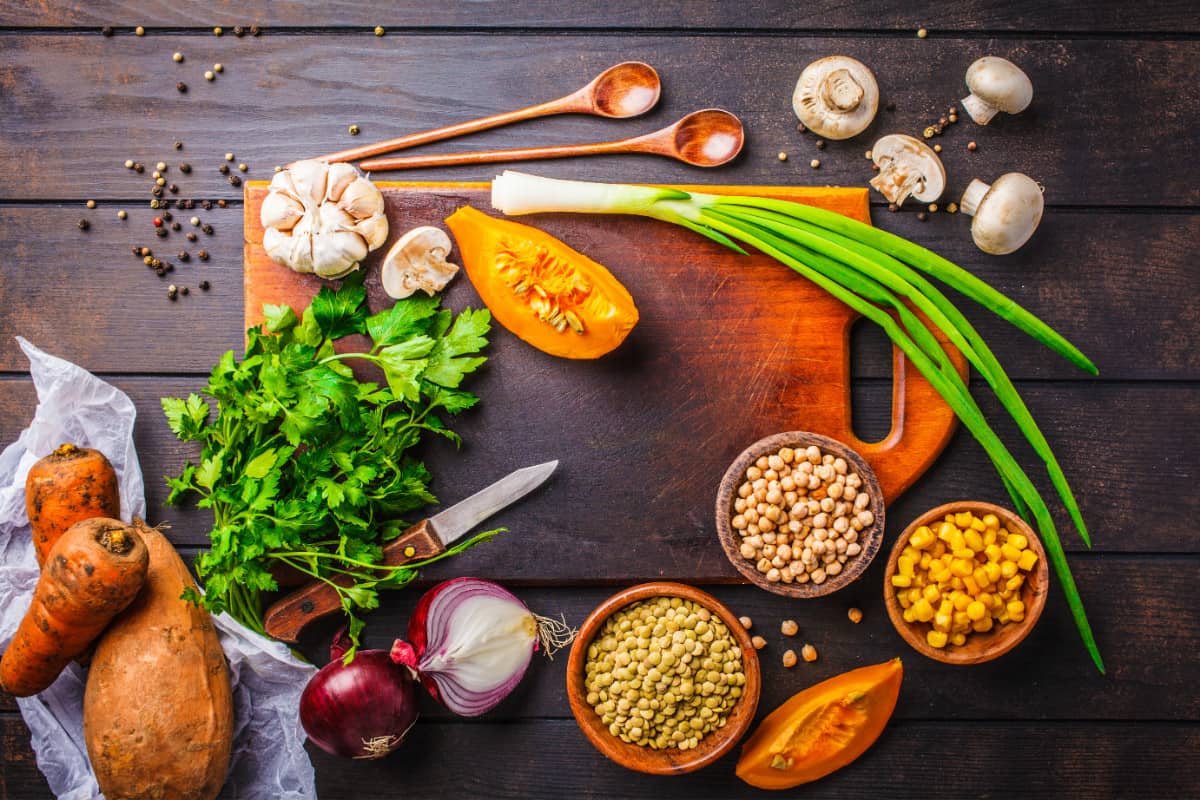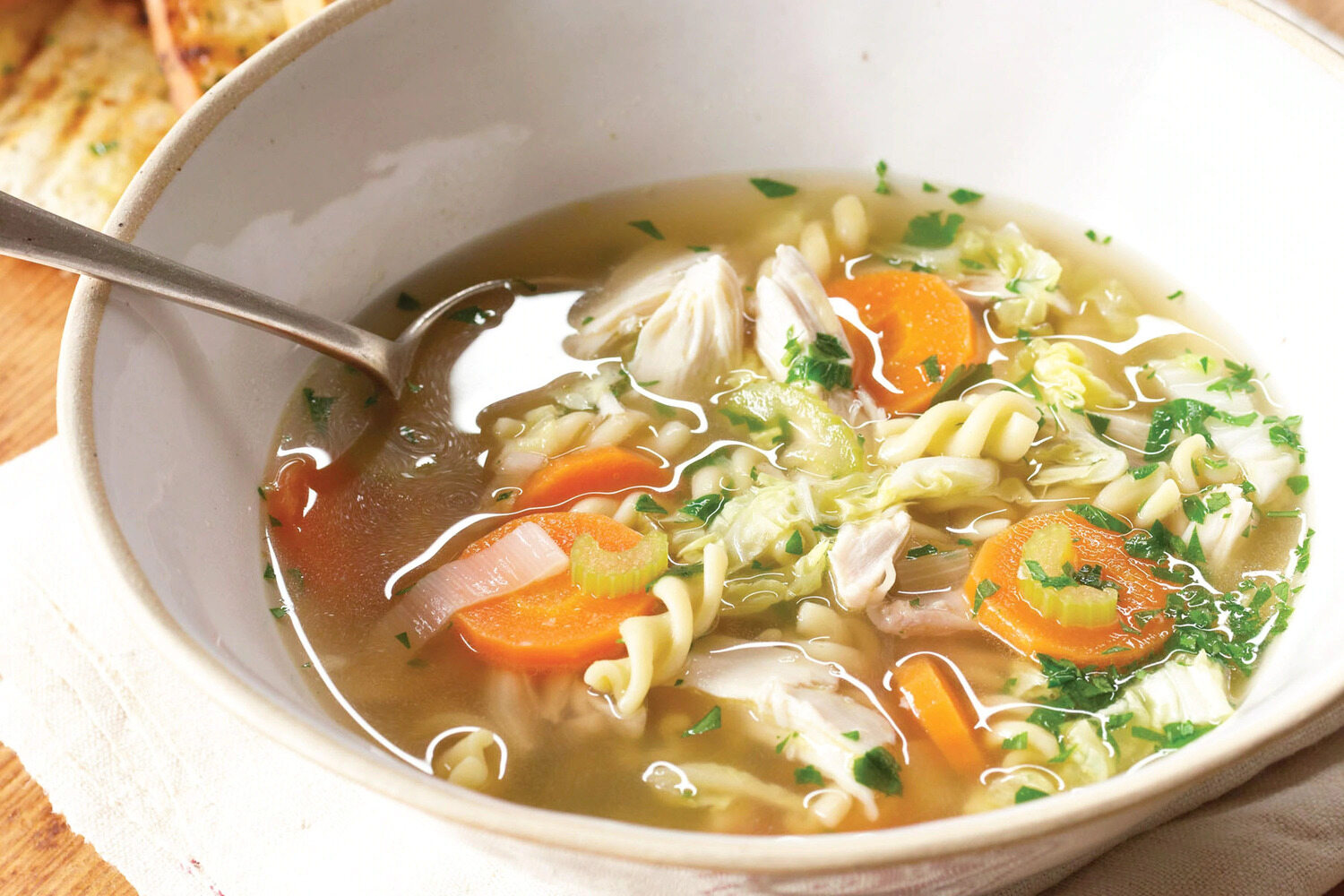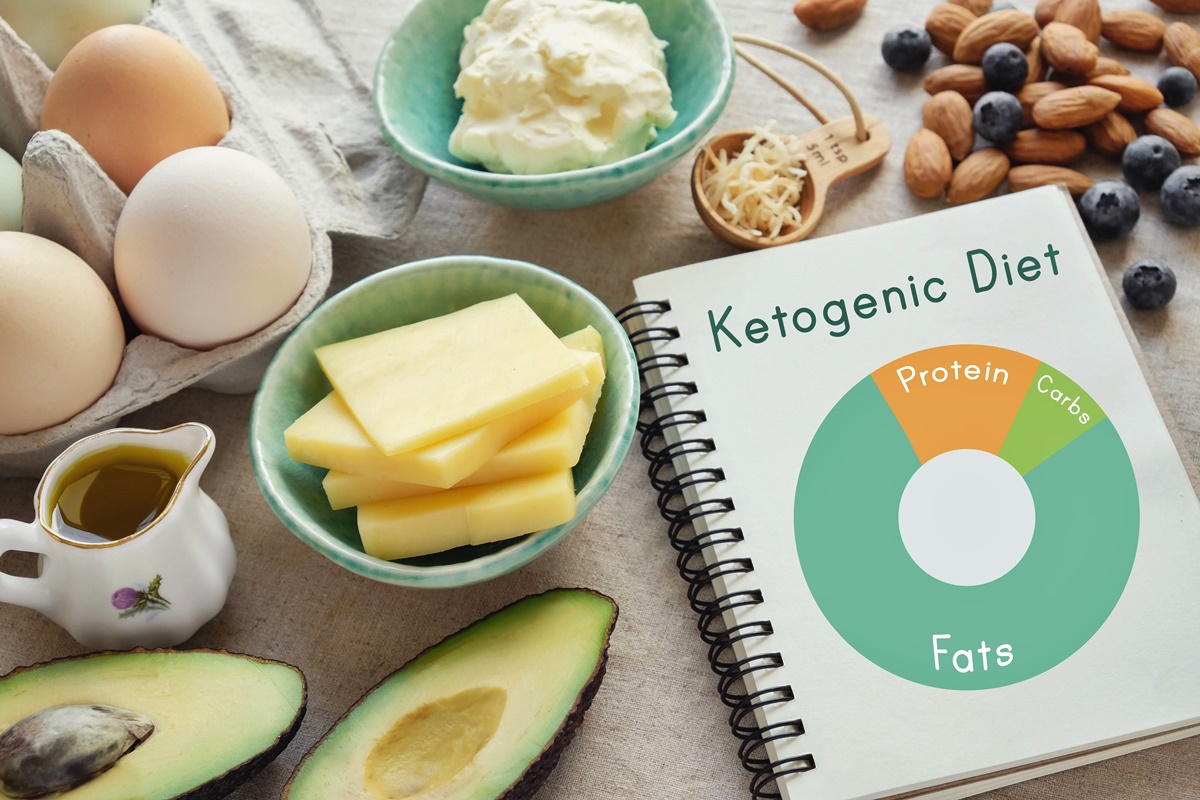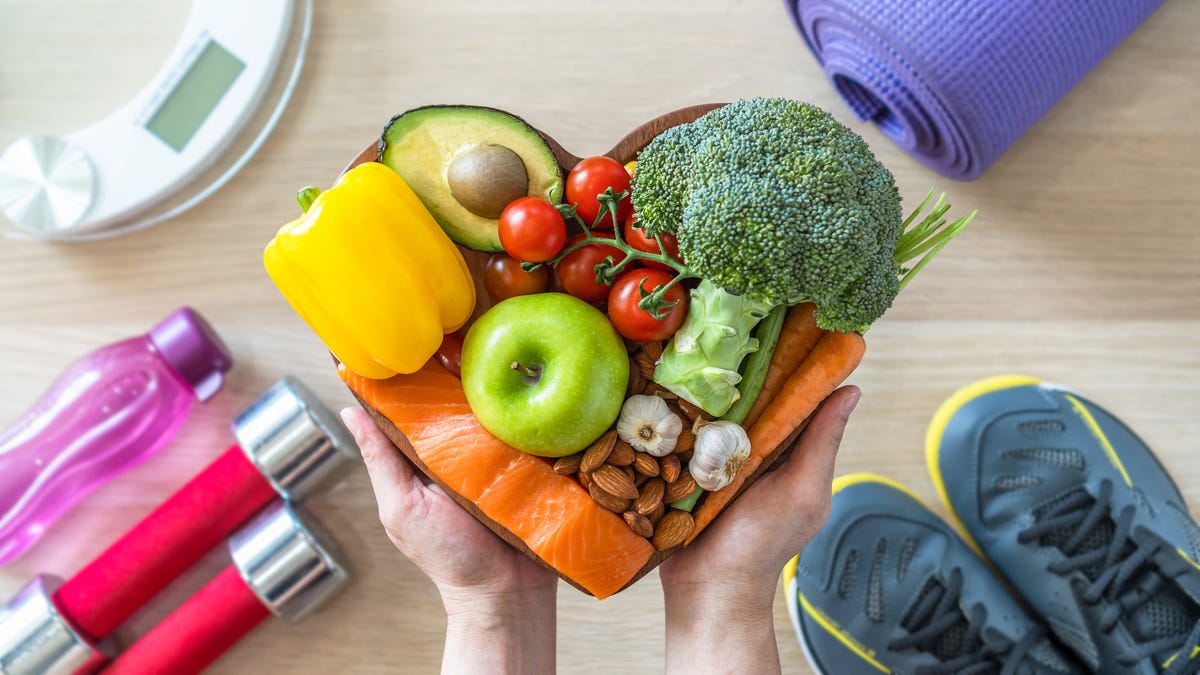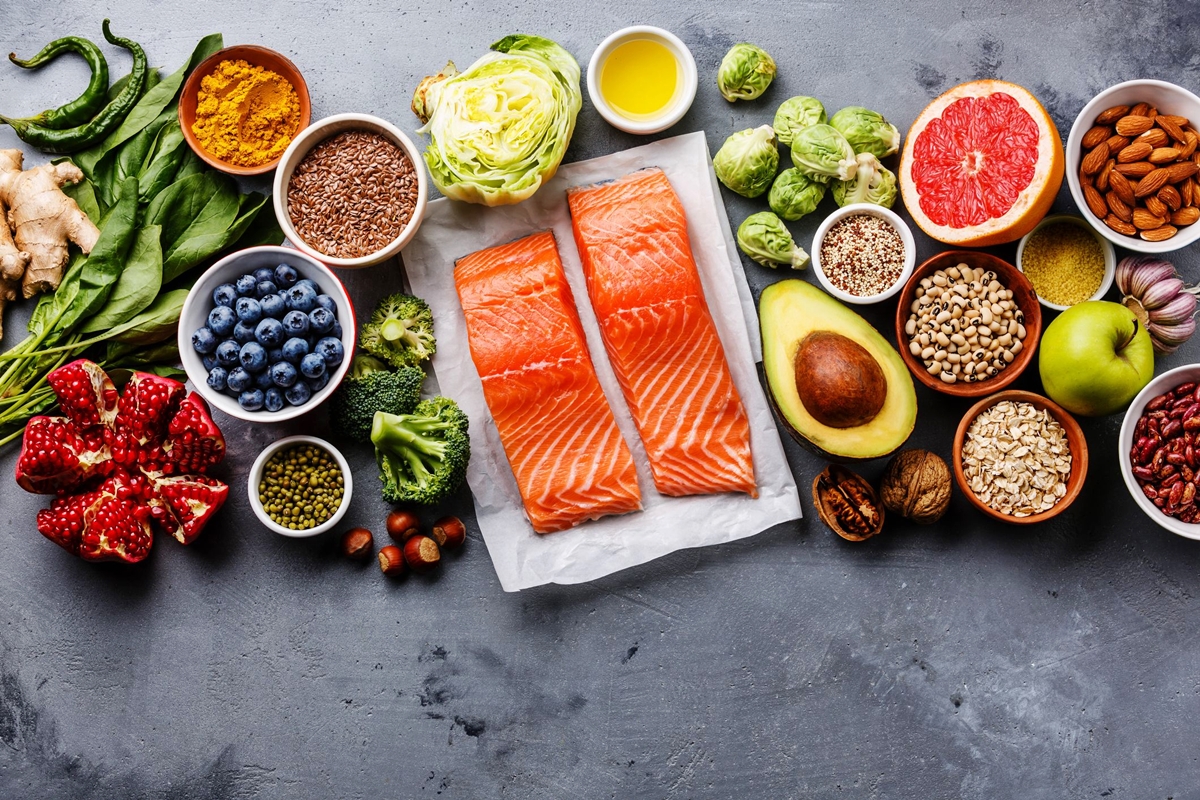What Is The Candida Diet?
Are you struggling with recurring yeast infections, digestive issues, or fatigue? You may have heard about the Candida diet as a potential solution. In this blog post, we will explore what the Candida diet is, how it works, and whether it can help to alleviate the symptoms associated with Candida overgrowth.
Understanding Candida Overgrowth
Candida is a type of yeast that naturally exists in our bodies, typically found in the digestive system and on the skin. Under normal circumstances, it is harmless. However, certain factors like a weakened immune system, poor diet, stress, or prolonged use of antibiotics can disrupt the balance of Candida and lead to overgrowth.
When Candida overgrows, it can result in a condition called Candidiasis. This condition can cause various symptoms ranging from vaginal yeast infections, oral thrush, and nail fungus to digestive problems, fatigue, brain fog, and even mood swings.
The Principles of the Candida Diet
The Candida diet is designed to starve the Candida yeast, helping to restore balance in the body. Although it is not backed by extensive scientific research, many individuals have reported improvements in their symptoms by following this approach.
Here are the key principles of the Candida diet:
- Avoid Sugar: Candida feeds on sugar, so it is essential to eliminate or greatly reduce sugar intake, including refined sugars, artificial sweeteners, and even natural sweeteners like honey and maple syrup.
- Limit Carbohydrates: Carbohydrates, especially refined ones like white bread and pasta, can also contribute to Candida overgrowth. It is crucial to choose complex carbohydrates and whole grains instead.
- Include Anti-Fungal Foods: Certain foods have natural anti-fungal properties that can inhibit the growth of Candida. These include garlic, coconut oil, oregano, ginger, and clove.
- Emphasize Probiotics: Probiotics are beneficial bacteria that can help restore the balance of gut flora. Including probiotic-rich foods like yogurt, sauerkraut, and kefir can support a healthy gut.
- Focus on Nutrient-Dense Foods: A nutrient-dense diet is essential for supporting the immune system and overall health. Include plenty of vegetables, lean proteins, healthy fats, and whole grains.
Is the Candida Diet Right for You?
While the Candida diet may be beneficial for individuals experiencing symptoms related to Candida overgrowth, it is essential to consult with a healthcare professional or a registered dietitian before making any significant dietary changes.
Keep in mind that the Candida diet is not a cure for Candidiasis. It is part of a comprehensive approach that includes lifestyle modifications and addressing any underlying health issues.
It is also important to note that the Candida diet can be challenging to follow, especially in the early stages when sugar cravings may be intense. Having a support system in place, seeking guidance from professionals, and practicing self-care can make the journey more manageable.
Conclusion
The Candida diet is a dietary approach aimed at reducing Candida overgrowth and relieving associated symptoms. While scientific evidence is limited, many people have found the diet beneficial in their own experiences. Remember to consult with healthcare professionals before making any significant dietary changes and to approach the Candida diet as part of a holistic approach to address Candidiasis.
By understanding the principles of the Candida diet and its potential benefits and limitations, you can make an informed decision about whether it is the right approach for you.
